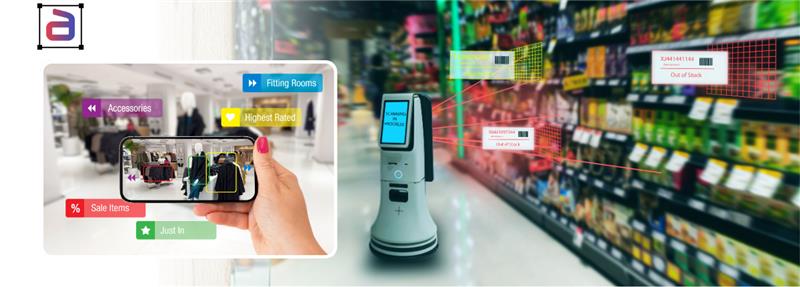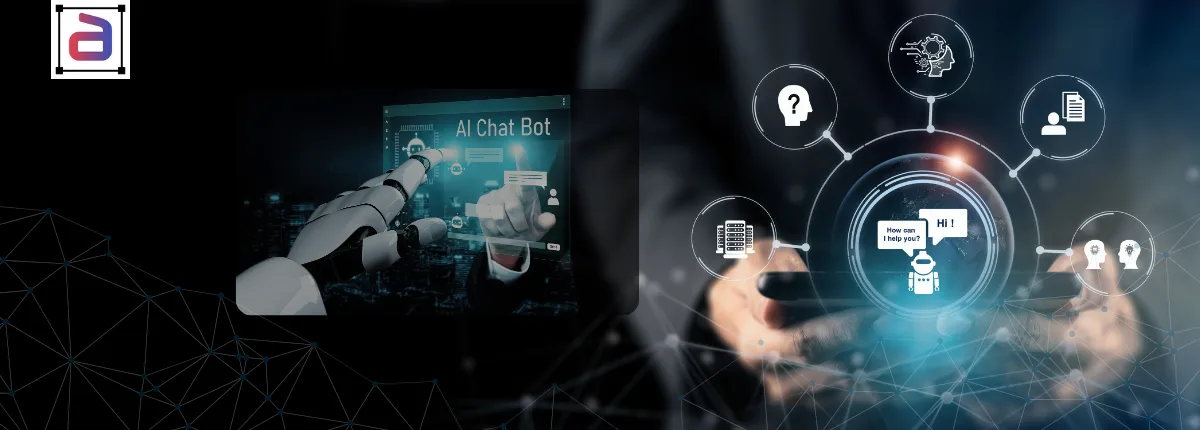Every day, we interact with AI that feels like magic. Your voice assistant understands complex commands. A self-driving car navigates a chaotic intersection. A diagnostic AI spots a tumor on an X-ray before a radiologist does. Next-Gen Annotation is revolutionizing how AI models learn from data, transforming raw inputs into actionable insights. By combining automation, human expertise, and advanced validation techniques, it accelerates innovation across industries. Moreover, this intelligent approach ensures accuracy, scalability, and real-world relevance in every AI-driven solution.
The Unsung Hero of AI: From Pixels to Progress
But what powers these remarkable feats isn’t magic—it’s data annotation. Annotation transforms messy, unstructured data into structured, labeled intelligence that AI models need to learn.
Think of it like teaching a child. You don’t just show a picture of a cat—you point and say, “That’s a cat.” Annotation provides this “ground truth” for AI, enabling models to recognize patterns, make predictions, and perform reliably.
Yet, as AI advances, the old annotation methods—like manually drawing thousands of boxes around objects—can’t keep up. The future belongs to next-gen annotation, where automation, multimodal data, and human judgment combine to build smarter, faster, and more ethical AI.
The Evolution of Annotation: Beyond the Bounding Box
Annotation has come a long way from simple bounding boxes. Early manual labeling was effective but slow, limiting the potential of AI. Today’s next-gen annotation is far more advanced, supporting complex use cases that require nuance and precision. Next-Gen Annotation goes beyond traditional bounding boxes to capture deeper context and relationships within data. By integrating 3D labeling, semantic segmentation, and multimodal analysis, it provides AI systems with richer, more detailed insights. Furthermore, this evolution enhances model accuracy, enabling smarter, context-aware decisions across complex real-world scenarios.
Here are some of the most important techniques driving AI today:
| Technique | What It Does | Where It’s Used |
| Semantic Segmentation | Labels every pixel in an image (road, car, sky). | Medical imaging, autonomous navigation. |
| Instance Segmentation | Differentiates between individual objects in the same class. | Tracking multiple vehicles or people in crowds. |
| Keypoint Annotation | Marks specific points (joints, facial features). | Pose estimation, AR/VR, sports motion analysis. |
| 3D Cuboid Annotation | Draws 3D boxes around objects for depth, orientation, volume. | Self-driving cars, robotics, drone navigation. |
“Pixel-perfect annotation is the difference between a self-driving car that reacts safely and one that doesn’t.” — MIT AI Lab Researcher
The New-Gen Annotation Workflow: Speed Meets Accuracy
If annotators had to manually apply these techniques to millions of data points, AI would never scale. That’s why next-gen annotation combines AI automation with human-in-the-loop oversight to balance speed with accuracy. Next-Gen Annotation workflows seamlessly merge speed with accuracy, redefining how data fuels AI innovation. By integrating automation with human-in-the-loop validation, they ensure precision without compromising efficiency. Moreover, real-time quality checks and adaptive tools streamline large-scale projects, empowering teams to deliver high-quality labeled data faster than ever before.
- AI-Assisted Pre-Labeling: Pre-trained models label data in bulk, with humans reviewing and correcting for context. This can cut labeling time by 50–70%.
- Active Learning: Instead of labeling everything, algorithms identify the most informative data points where the model struggles, focusing human effort where it matters most.
- Quality Assurance Automation: AI systems automatically detect inconsistencies or anomalies across datasets, helping maintain gold-standard accuracy.
This hybrid model is redefining AI development pipelines—making them faster, more cost-effective, and more scalable without sacrificing reliability.
The Real-World Impact: When Next-Gen Annotation with Becomes Innovation
Next-gen annotation is more than a technical process—it’s the foundation for real-world breakthroughs.
- Healthcare: Annotated multimodal datasets (scans, pathology slides, patient notes) allow AI to detect cancers earlier and improve treatment accuracy. A 2022 Stanford study showed AI trained on pixel-perfect annotations could match or exceed radiologists in detecting certain tumors.
- Autonomous Vehicles: Self-driving systems rely on annotated LiDAR, radar, and video streams to interpret traffic, pedestrians, and obstacles in real time. Without it, safety would collapse.
- E-commerce & Retail: Annotated product images and customer reviews fuel recommendation engines, sentiment analysis, and search optimization. Amazon credits data labeling as a key enabler of its personalization algorithms.
- Finance: Fraud detection models rely on annotated transaction data, voice records, and customer support interactions to detect anomalies that human analysts miss.
In each case, the leap from raw data to real-world application is powered by annotation.
Challenges and Opportunities in Next-Gen Annotation
Next-Gen Annotation presents both challenges and opportunities in the evolving AI landscape. While managing complex, multimodal data and ensuring consistent quality remain hurdles, advanced automation and human-in-the-loop strategies offer solutions. Moreover, as tools evolve, these innovations pave the way for more scalable, accurate, and context-aware annotation processes across industries. Like any critical technology, annotation faces its share of roadblocks:
Challenges:
- Sheer data volume: By 2025, IDC estimates the world will generate 175 zettabytes of data—much of it unlabeled.
- Multimodal synchronization: Aligning text, image, and sensor data is technically complex.
- Privacy concerns: Regulations like GDPR and HIPAA demand strict data handling.
- Workforce training: Annotators need domain-specific expertise (e.g., radiology, linguistics).
Opportunities:
- Cloud-based platforms that scale globally.
- Hybrid human-AI annotation models that boost efficiency.
- Global annotation talent pools offering domain expertise.
- Continuous feedback loops that make AI smarter over time.
“Data annotation isn’t just an AI task—it’s an industry. Companies that master it will own the future of AI innovation.” — Deloitte Insights
Annotera’s Perspective
At Annotera, we see next-gen annotation as the foundation for building AI that is both intelligent and ethical. Our approach emphasizes:
- AI-assisted pre-labeling to accelerate workflows.
- Human-in-the-loop validation for accuracy and context.
- Bias-aware frameworks to ensure fairness and inclusivity.
- Domain expertise across healthcare, finance, retail, and autonomous systems.
Case Example: A leading autonomous vehicle company partnered with Annotera to annotate multimodal datasets (LiDAR + video + radar). The result? Object detection accuracy improved by 29%, significantly reducing road safety risks and accelerating deployment.
Executive Takeaway
AI systems don’t run on algorithms alone—they run on data. And that data must be annotated. Next-gen annotation transforms raw information into actionable intelligence, fueling the innovations that shape our future.
Organizations that invest in modern annotation pipelines will not only build better AI—they’ll build AI that is faster, fairer, and more reliable.
“Annotation may be invisible, but it is the fuel that powers every AI innovation.” — AI Strategist
Unlock the Future of AI with Next-Gen Annotation
The future of AI won’t be determined by who builds the most complex algorithms, but by who builds the most reliable, ethically annotated data pipelines. From healthcare to autonomous driving, retail to finance, the winners will be those who master next-gen annotation.
Ready to fuel your AI innovation pipeline? Partner with Annotera and unlock the full power of next-gen annotation for real-world impact.


